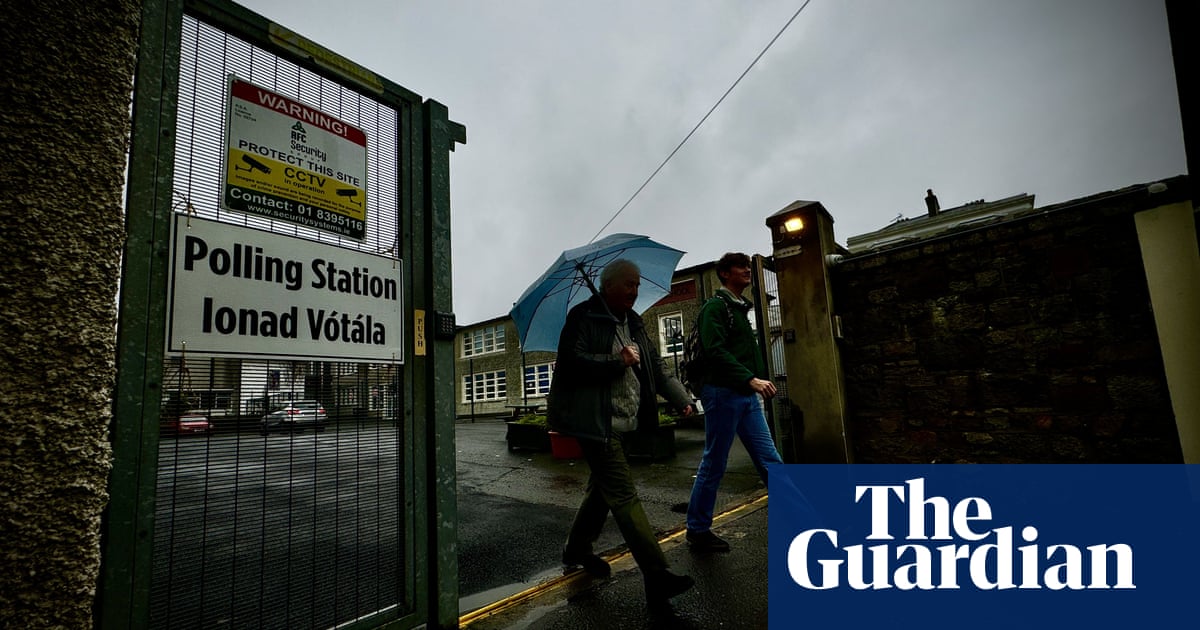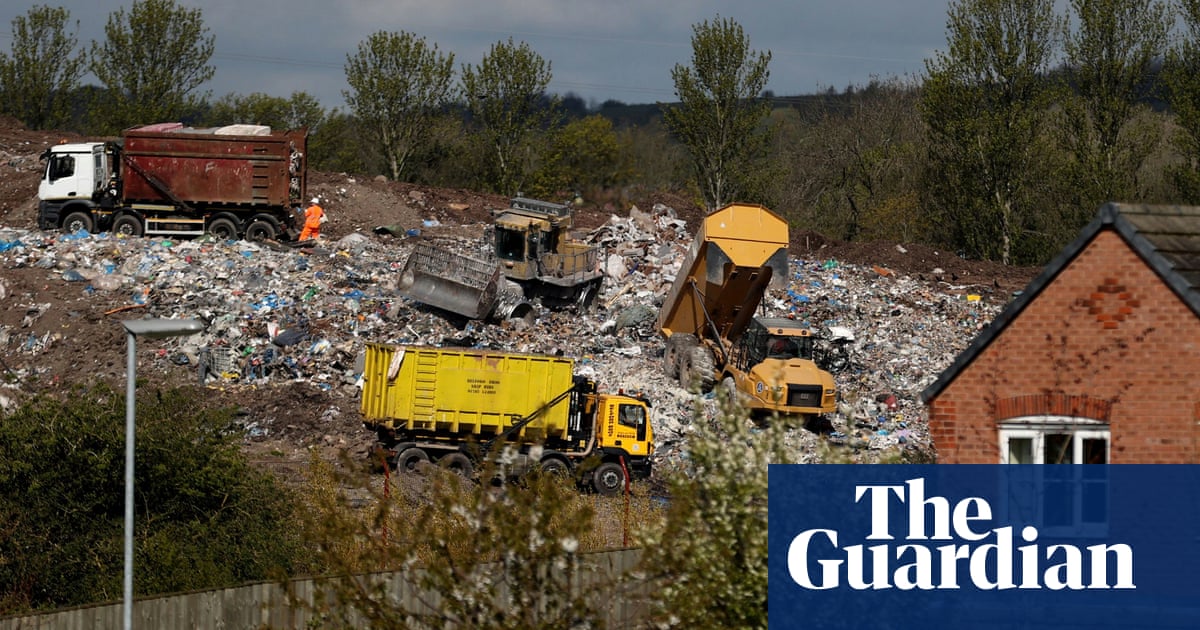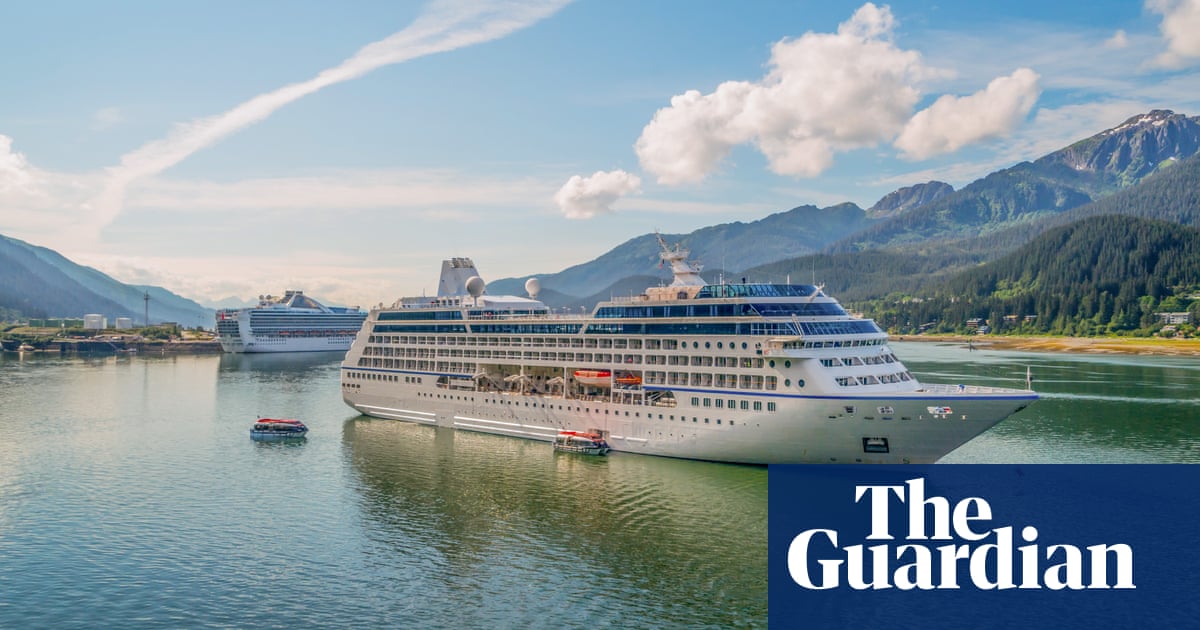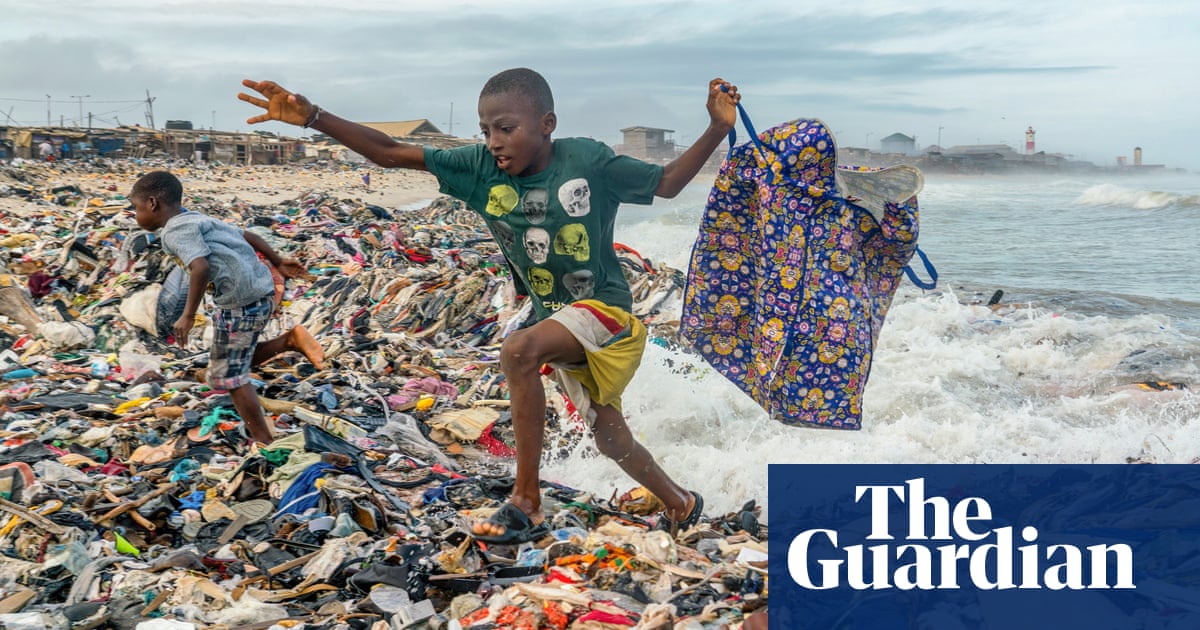Key events
Only three of the other 18 players with at least 9,000 Test runs, only three have higher average than Kane Williamson.
-
57.40 Kumar Sangakkara
-
56.40 Steve Smith
-
55.37 Jacques Kallis
-
54.87 Kane Williamson
-
53.78 Sachin Tendulkar
Is it possible to be an all-time great and still underrated? If so, Kumar Sangakkaraâs your man.
Tea
18th over: New Zealand 62-2 (Williamson 26, Ravindra 23) Williamson top-edges a hook off Atkinson for a single. It was safe enough, landing well short of fine leg, but that will encourage England. He did a false stroke! That run takes Williamson to 9,000 Test runs, a lovely milestone for the humblest genius in world cricket, maybe world sport.
Ravindra almost falls to the last ball before tea, snapping his head round nervously after a defensive stroke off Atkinson bounces behind him. It missed the stumps so Ravindra and Williamson will resume their gracefest after tea.
England did pretty well to winkle out the openers on what now looks a belter of a batting pitch. They lead by 89, which is handy but not necessarily decisive in the context of a high-scoring game, especially not while Williamson has an asterisk against his name. This match is beautifully poised.
17th over: New Zealand 59-2 (Williamson 24, Ravindra 22) Shoaib Bashir replaces Carse and will bowl to Ravindra, who he dismissed in the first innings. Ravindra starts round two with elegant authority, sweeping carefully to the fine leg boundary before collecting a pair of twos. New Zealand trail by 92.
16th over: New Zealand 50-2 (Williamson 24, Ravindra 14) Sound the Short Ball Ploy klaxon: Gus Atkinson is coming on for Woakes with a field set for some rough stuff. He has a fine leg, deep square leg, square leg, midwicket and mid-on for Ravindra, who jumps back to drop a single on the off side. It was only one run but mediocre players canât play a shot like that.
Williamson deals with the rest of the over. Should be time for two more before the tea beak.
15th over: New Zealand 50-2 (Williamson 24, Ravindra 13) Ravindra clips and pulls Carse for a pair of twos. The second was a fine shot which again demonstrated how much time he has at the crease.
This is starting to look like a big job for England on a pitch that has flattened out in the last 24 hours. For now Ben Stokes still has very attacking fields but that will change as the ball gets older.
14th over: New Zealand 45-2 (Williamson 24, Ravindra 8) Williamson plays a rare false stroke, a thick inside edge off Woakes for a single. Ravindra then times a lovely shot through mid-on for three.
13th over: New Zealand 41-2 (Williamson 23, Ravindra 5) One or two of the England cordon appeal for caught behind when Carse gets a bit of extra bounce to Ravindra. England missed a thin nick in the first innings, but not this time: thereâs nothing on UltraEdge.
Carse is almost rewarded for a no-ball when the extra delivery beats Ravindraâs defensive push. He was keen to discuss a review, the rest of the team not so much. Carse is bowling nicely, with good pace and the usual awkward bounce. A lot can happen in 12 months â look at the state of that banana â but right now he feels like a shoo-in for the Ashes squad.
12th over: New Zealand 39-2 (Williamson 22, Ravindra 5) Woakes changes ends to replace Atkinson (5-1-17-0). Ben Stokes still has three slips and a gully even though the new ball hasnât really done much; he knows the value of getting Williamson, who has a stunning conversion rate, before he reaches fifty.
Williamson pushes a single to move to 22. Ravindra, another batter who seems to have so much time, forces a high-class boundary through extra cover. England have done well to take two early wickets because this pitch looks flatter than at any stage in the match. Donât be surprised if we see Shoaib Bashir before tea.
11th over: New Zealand 33-2 (Williamson 21, Ravindra 1) Carse gave Williamson some problems in the first innings so this should be an intriguing contest. He has a nice rhythm, with his pace just shy of 90mph, but Williamson still has plenty of time to wave a cut for three. Crawley did very well to save the boundary.
Tell you what, Dame Fortune, Williamson looks in seriously good nick today.
10th over: New Zealand 28-2 (Williamson 17, Ravindra 0) A meek short ball from Atkinson is pulled classily for four by Williamson, who then takes a quick single on the off side. Atkinsonâs strongest suit is the only thing letting him down today. DO YOU HEAR THAT MOTHER CRICKET.
9th over: New Zealand 23-2 (Williamson 12, Ravindra 0) If there was any doubt, today has confirmed that Gus Atkinson is a three-dimensional cricketer. He belted 48 from 36 balls and how now taken a quite brilliant catch.
WICKET! New Zealand 23-2 (Conway c Atkinson b Carse 8)
Brydon Carse has struck in his first over! Conway pulled a shortish delivery towards mid-on, where Atkinson dived moved smartly to his left and dived forward to take a fantastic catch. Itâs being checked by the third umpire but Iâm pretty sure he got his hands under the ball. He did indeed: that is a marvellous catch!
8th over: New Zealand 21-1 (Conway 6, Williamson 12) Williamson, who looks in ominously good touch, drives Atkinson past the diving mid-off for four. He has a bit of a scare when a defensive stroke bounces behind him in the general direction of the stumps. Williamson tries to kick the ball away, misses and almost gives the off stump a whack instead. Allâs well that ends well.
We mentioned this on the first day but itâs worth reiterating just how formidable Williamson is on home soil. He averages 68 from 50 Tests in New Zealand, and in the last 20 games that averages rises to 88. Thatâs one helluva cheat code.
7th over: New Zealand 16-1 (Conway 6, Williamson 8) Thanks Taha, morning everyone. This is a gripping arm-wrestle within an arm-wrestle: England trying to make Conway and Williamson play as much as possible; Conway and Williamson leaving whenever they can.
Woakesâs fourth over isnât the best, allowing as it does five leaves out of six. Not sure why I turned into Angus Deayton there.
6th over: New Zealand 15-1 (Williamson 7, Conway 6) Gorgeous from Atkinson, who finds some decent carry as he squares up Conway from around the wicket. Thatâll be all from me â Rob Smyth is in for the rest of the day.
5th over: New Zealand 15-1 (Williamson 7, Conway 6) Woakes brings the ball back into Williamson, but the little master judges his leave perfectly before punching the next ball into the covers for two. The over ends with the former Test captain driving through mid-off for four, a touch uppishly.
4th over: New Zealand 9-1 (Williamson 1, Conway 6) Conway gets properly going with a solid punch through mid-off for four.
3rd over: New Zealand 3-1 (Williamson 0, Conway 2) Woakes gets the ball to shoot past Kane Williamsonâs outside edge with a lush outswinger. The quick is finding his rhythm.
WICKET! Latham c Brook b Woakes 1 (New Zealand 3-1)
Woakes strikes! He goes around the wicket with the wobble seam, forces Latham to play, and the outside edge is nabbed by Harry Brook, low at second slip.
2nd over: New Zealand 3-0 (Latham 1, Conway 1) Atkinson goes around the wicket to Conway, who he had caught and bowled in the first innings. Conway decides to play it slow, allowing the bowler a maiden ⦠oops, no, Atkinson oversteps with the final ball. Conway leaves the re-bowled delivery alone.
1st over: New Zealand 2-0 (Latham 1, Conway 1) Chris Woakes takes the new ball against Tom Latham ⦠and immediately has the ball zipping past the outside edge. The next ball is tucked away into the leg side for one. Woakes didnât look his sharpest in the first innings, going wicketless, still trying to prove his worth overseas. Conway tucks away for one himself.
What a bizarre innings, with New Zealand dropping an obscene amount of chances. Henry finishes with 4-84 while OâRourke bowled brilliantly for figures of ⦠1-138 from 25 overs. England lead by 151.
England are all out for 499
WICKET! Bashir c Southee b Henry 5 (England 499 all out)
Matt Henry finds Bashirâs outside edge ⦠but the ball flies past slip and away for four. Bashir ends the over with a slog ⦠the ball flies high and Southee does very well, running to midwicket to hold on.
102nd over: England 495-9 (Carse 33, Bashir 1) Carse opts against singles early in the over, protecting Bashir from the wrath of OâRourke. The England fast bowler hits down the ground to pick up two before ending the over with a heave over long-on for six! Englandâs tail are having a ball today.
101st over: England 487-9 (Carse 25, Bashir 1) I mean no disrespect to Shoaib Bashir, but thereâs quite a batting drop-off from Carse to him. The No 11 clips for one before Carse dabs into the off side for a single.
WICKET! Stokes c Southee b Henry 80 (England 485-9)
There wonât be a ton for Stokes. His cross-bat hit off Henry, the ball dug into the surface, finds Southee at long-on.
100th over: England 485-8 (Carse 24, Stokes 80) OâRourke wears a pained expression walking back to his mark, perhaps stunned by how he only has one wicket despite bowling well and creating several chances. The quick tests Carse out with an electric yorker, but the bat gets down in time. Carse then dabs the ball over the slip cordon for a boundary. And then six, with Carse walking across his stumps before launching over fine leg!
99th over: England 475-8 (Carse 14, Stokes 80) Carse is tested by Henryâs short ball ⦠and swings hard over fine leg for six! More bumpers follow but Carse doesnât get in any trouble.
98th over: England 466-8 (Carse 6, Stokes 79) Stokes shuffled across to the leg side numerous times in that first session, and heâs up to the same after lunch, but canât make contact against OâRourke. New Zealandâs giant quick peppers Stokes with the short ball, the England captain eventually getting himself a single before Carse is dropped! The No 10 swings hard and Glenn Phillips canât hold on, making plenty of ground from point. New Zealandâs misery in the field continues.
And weâre back for the second session, Stokes and Carse the batters, OâRourke the bowler.
Hereâs some fun stats stuff: Harry Brookâs Test batting average against New Zealand is exactly 100 after five innings, with his strike rate 101.01.
Lunch
97th over: England 459-8 (Stokes 78, Carse 5) The lead, I should state, has risen to three figures. Stokes punches for one to end the over and the session. Itâs been a fine one for England â theyâve gone at six an over.
Nathan Green makes a great point: âIs this peak Bazball? England has a first class hundy at 10 but not at 3.â
96th over: England 456-8 (Carse 5, Stokes 76) Brydon Carse is greeted with a quality yorker from Will OâRourke, which the No 10 somehow squeezes away to the boundary. Carse has two first-class tons and averages 30-odd in first-class cricket, by the way. Stokes shuffles to the leg side before pulling OâRourke away for four.
WICKET! Atkinson c Phillips b Smith 48 (England 445-8)
Donât bowl short to him! Atkinson hooks Smith over fine leg for six to move to 44 off 34. He then shuffles to the leg side to slap Smith through extra cover for another boundary. But he wonât get a 50 ⦠Atkinson doesnât nail the pull this time round as Glenn Phillips does well to hold on at deep backward square.
95th over: England 445-8 (Carse 0, Stokes 70)









